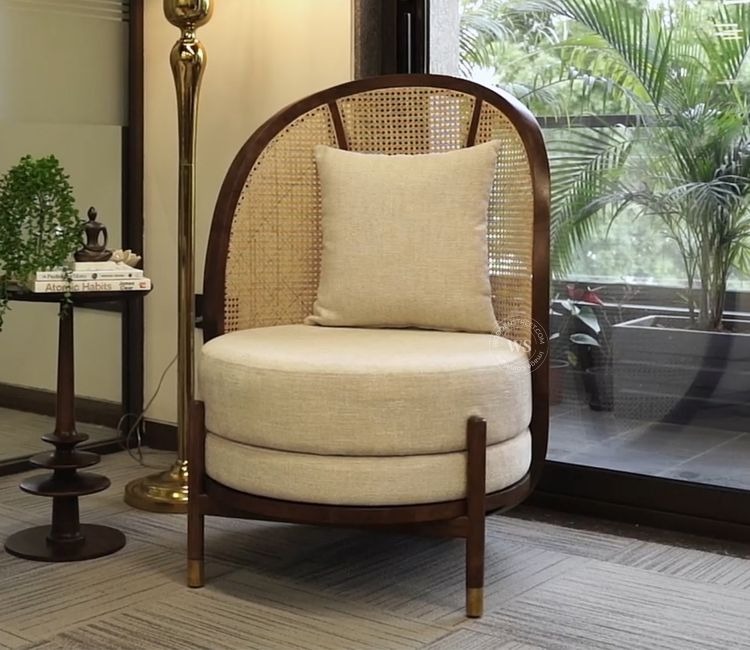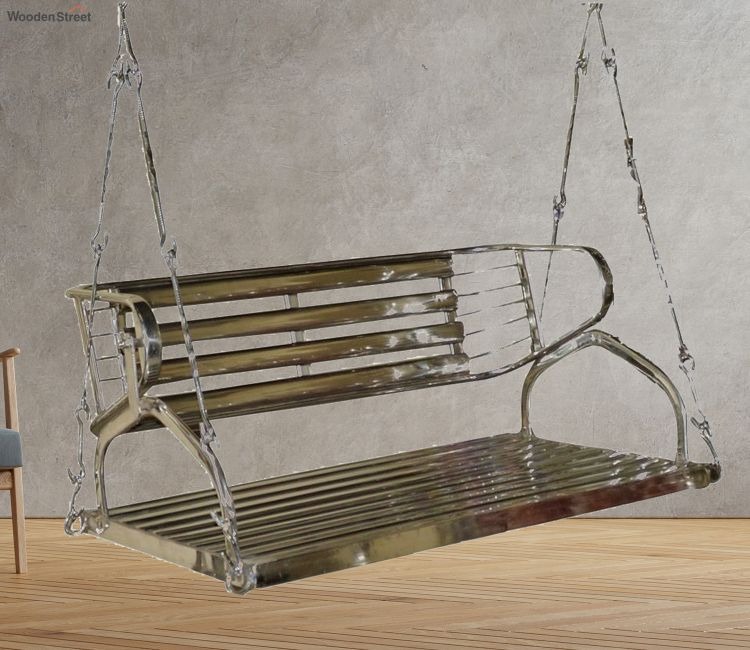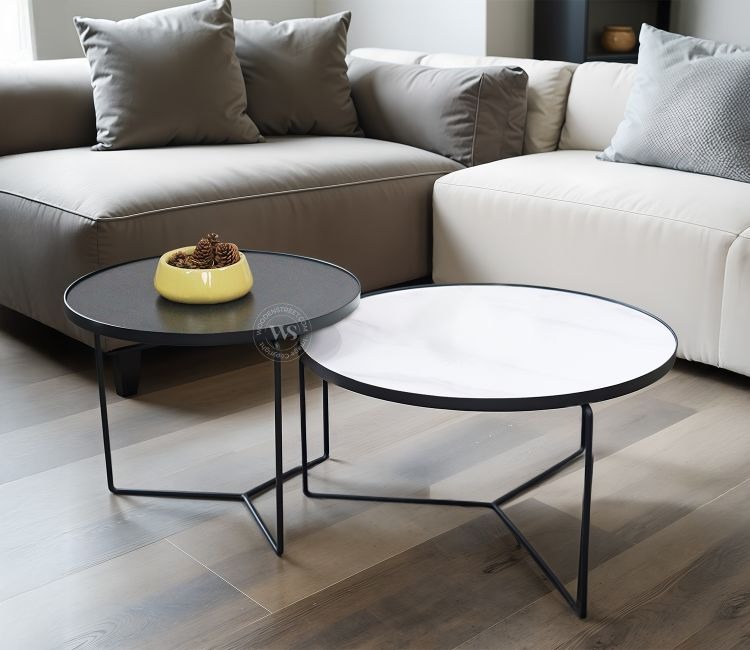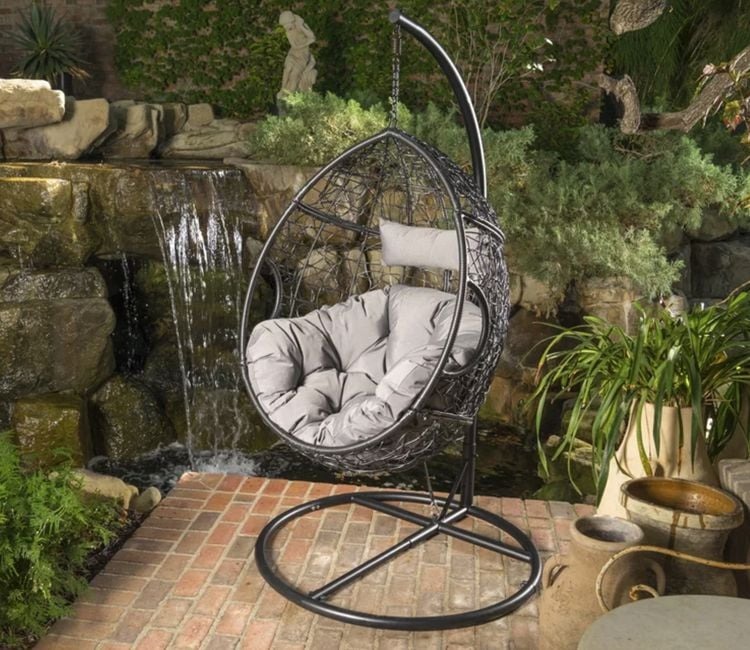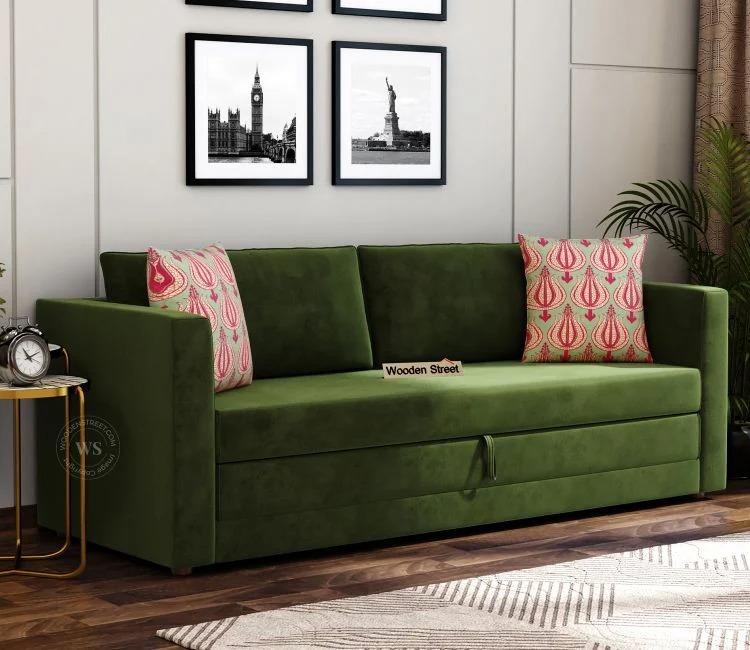Modern Home Temple Designs That Blend Tradition and Style
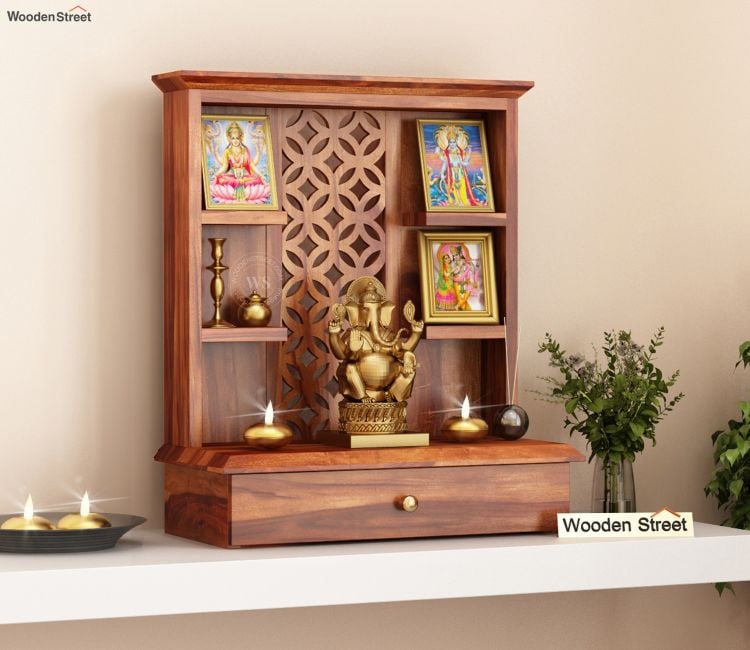
In a fast-paced modern world, many families still find solace in maintaining a spiritual space within their homes. The presence of a mandir for home is not just a tradition but a meaningful way to create a serene corner that fosters peace, prayer, and reflection. Over time, temple designs have evolved to blend beautifully with contemporary interiors, while still retaining the essence of spiritual traditions.
Modern home temple designs are all about finding the right balance between aesthetic appeal and sacredness. Whether you have a compact apartment or a spacious villa, there is always a way to incorporate a thoughtfully designed wooden temple for home that complements your lifestyle and décor.
Why Include a Mandir in a Modern Home?
A temple for home serves as a personal sanctuary—a place to pause, offer gratitude, and seek inner clarity. For many households, daily rituals and prayer are essential to mental peace. In modern homes, a pooja space isn’t just symbolic—it’s also a mindful zone amidst the chaos of everyday life.
Beyond the spiritual aspect, a pooja mandir for home can enhance the design narrative of your house. With thoughtful placement, materials, and lighting, it can add depth, texture, and even a sense of calm to your interiors.
Popular Trends in Modern Home Temple Design
1. Minimalist Wooden Temple Designs
Today’s modern homes often lean toward clean lines and minimalism. A wooden temple for home that uses subtle tones like teak, sheesham, or oak in matte finishes can seamlessly blend into such settings. Instead of elaborate carvings, the focus is on simplicity, functionality, and elegance.
Wall-mounted mandirs with hidden drawers for storing pooja items are particularly popular. They save space while providing a clutter-free zone for rituals.
2. Compact Corner Temples
Space is often a constraint in urban apartments. However, that doesn’t mean you have to compromise on spiritual practices. Small pooja mandir units designed for corners or wall niches are a great solution. These temples are usually light, portable, and designed in a way that does not dominate the room.
Some families even design a floating shelf unit with backlit panels and minimal decor to serve as a spiritual corner. These compact mandirs look modern yet hold deep traditional value.
3. Temple with Sliding Doors or Panels
Privacy is a key concern when integrating a temple for home in a living room or shared space. Modern temple units now come with sliding panels or doors that can be closed after rituals. These doors are often made from frosted glass, wood, or even laser-cut MDF, and feature symbolic motifs like Om, lotus, or peacocks.
This design not only helps in maintaining sanctity but also elevates the aesthetic of the unit.
4. Fusion of Traditional Elements in a Modern Setup
Designers are now exploring ways to incorporate traditional craftsmanship in a modern form. A wooden temple for home might include classic elements such as domes, bells, or carved brackets—but in a refined and contemporary manner. For example, intricate jaali work with geometric patterns, subtle gold or brass inlays, and neutral color palettes are being used to make the space feel rooted yet stylish.
5. Open Mandirs with Back Panels
Many homeowners are now opting for open-style pooja mandir for home with a beautifully crafted back panel or backdrop. This back panel often features a carved wooden frame, metallic accents, or even a stone-clad wall to highlight the spiritual corner.
Lighting plays a big role in enhancing such designs. Soft warm LEDs or spotlights focused on the idols create a tranquil environment perfect for meditation or prayer.
Choosing the Right Material
While various materials like marble, MDF, and metal are used in modern temple for home designs, wood remains the most favored for its warmth and sacred appeal. A wooden temple for home is not only durable but also adds a sense of groundedness and tradition.
When selecting wood, consider natural finishes or light polishes for a contemporary touch. If you’re going for a minimalist look, avoid too much ornamentation and focus on the richness of the grain and form.
Placement and Vastu Considerations
Even in modern settings, placement remains important, especially if you follow Vastu Shastra. Ideally, the mandir for home should be placed in the northeast direction of the house. This direction is believed to bring peace, energy, and positivity.
Avoid placing the mandir near bathrooms or directly on the floor. Always provide some space around the temple, and keep the area clean and sacred.
Personal Touches Matter
Your pooja mandir should feel personal and reflective of your beliefs. You can enhance your temple with symbolic artwork, family deity images, or engraved mantras. Even small accessories like brass diyas, bells, or incense holders can add warmth and tradition.
Incorporating elements like lotus motifs, spiritual quotes, or even a simple lamp can create an inviting and divine space. Many homeowners also place a small seat or cushion for meditation in front of the temple, making it not just a place for rituals but also introspection.
Final Thoughts
Modern home temple designs are a beautiful reflection of how tradition can coexist with contemporary living. Whether you choose a minimal floating shelf or a grand wooden temple for home, the key lies in aligning it with your home’s design while honoring your spiritual beliefs.
A thoughtfully designed pooja mandir for home brings not just aesthetic value, but also a sense of purpose and peace to your everyday routine. It serves as a constant reminder to stay grounded, centered, and connected to something greater than ourselves.
In today’s homes, where every square foot counts, integrating a sacred space is not just about religion—it’s about cultivating mindfulness, gratitude, and balance. And in that pursuit, your choice of a mandir for home becomes not just a design decision, but a deeply personal and soulful one.
Note: IndiBlogHub features both user-submitted and editorial content. We do not verify third-party contributions. Read our Disclaimer and Privacy Policyfor details.



